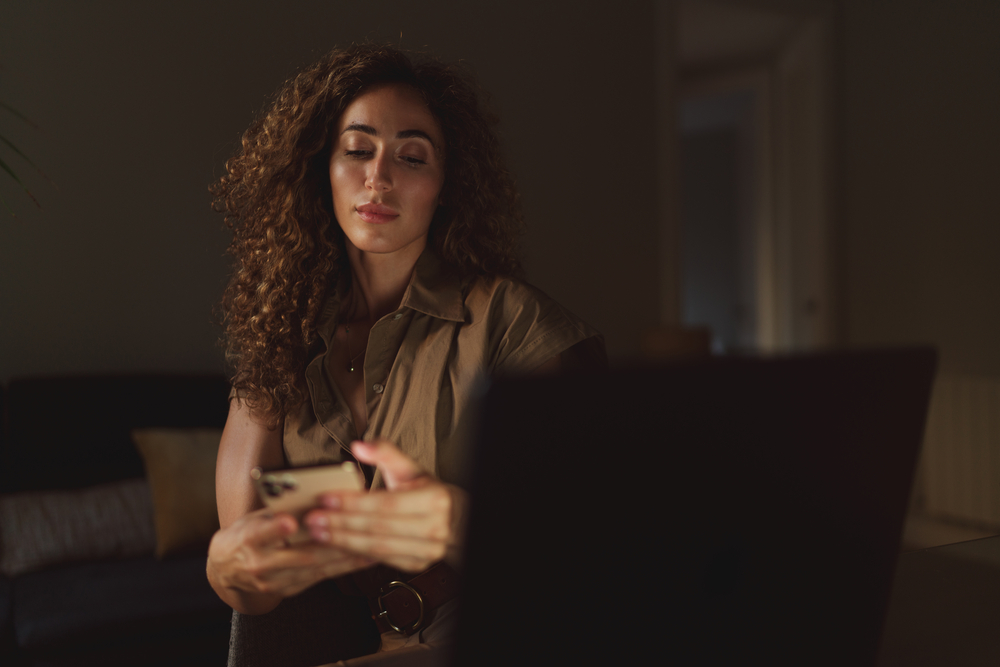What’s the first thing you do when you wake up? Do you log onto a social media platform like Facebook, Twitter or Instagram? If you do, you are not alone but engaging in an activity that many adolescents, young adults and adults engage in at growing rates. New data shows that an estimated 72% of adults in the United States currently use at least one social media platform.
One thing that may not occur to many people while using social media is that images they see online can affect their offline behavior. Consider drinking alcoholic beverages and consuming other substances, for instance.
Have you ever contemplated how what you may see on social media could be affecting your drinking behaviors? Or how this could impact college addiction? Social media users may have news feeds filled with various types of images and references to alcohol, ultimately impacting their health. As more people use social media, it is crucial to know how social media and drinking behaviors relate and seek help from an alcohol rehab center.
Social Media and Drinking: What is the Connection?
Understanding the messages social media posts send about alcohol, who these messages may impact, and how social media platforms and alcohol consumption relate is essential.
Social media content may influence social media users, especially those who are young, to drink in a variety of ways, with two of the most common being:
- Advertisements for alcoholic beverages
- Peer pressure
Peer Pressure and College Addiction
Many young adults look up to celebrities and influencers, so when alcoholic beverage companies use celebrities for advertising their brand, it could paint drinking in a more favorable light, encouraging more young people to engage in underage and problematic drinking.
However, for many social media users, especially adolescents and college students, friends may be the most significant influence on drinking behaviors. Seeing pictures of friends’ favorite alcoholic beverages or images of them drinking while engaged in other activities could pique their interest in alcoholic drinks and influence them to want to drink.
Sadly, this online form of indirect peer pressure reflects offline, more direct peer pressure from friends. The findings from a national study led by a research team from the University of Iowa revealed that most teenagers receive their first alcoholic drink from a friend.
Adolescents, teenagers, and young adults who get their first drink from a friend are at an increased risk for beginning alcohol consumption sooner in life and more prone to abusing alcohol as they age.
Find the Help You Need to Overcome Alcohol Abuse
Social media platforms may make it easy for you to have frequent exposure to pro-alcohol content, but you can still overcome the urge to drink. Contact treatment professionals at Washburn House for guidance with rising above the temptation to drink alcohol and to receive evidence-based treatment. Effective, specialized, medically based treatment programs include:
- Alcohol addiction treatment
- Medical alcohol detox
- Men’s alcohol rehab
- Women’s alcohol rehab
- Intensive outpatient program
A call to 855.298.3104 can lead to you receiving the judgment-free, compassionate help you need and deserve and be the start of your journey to recovery.

